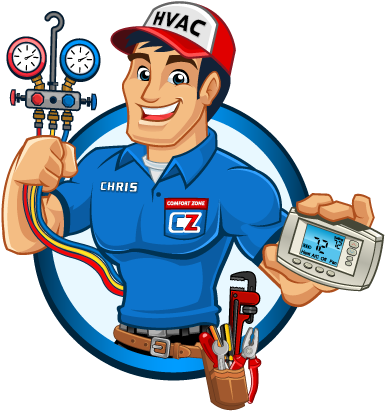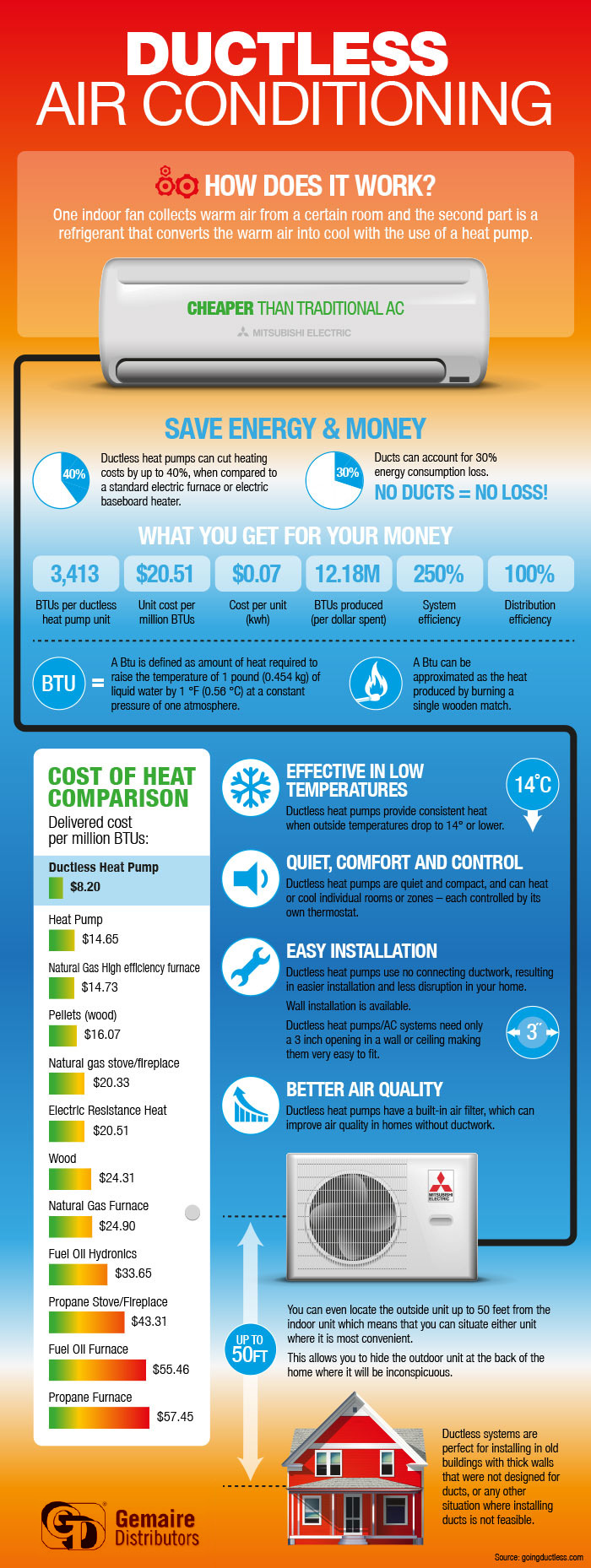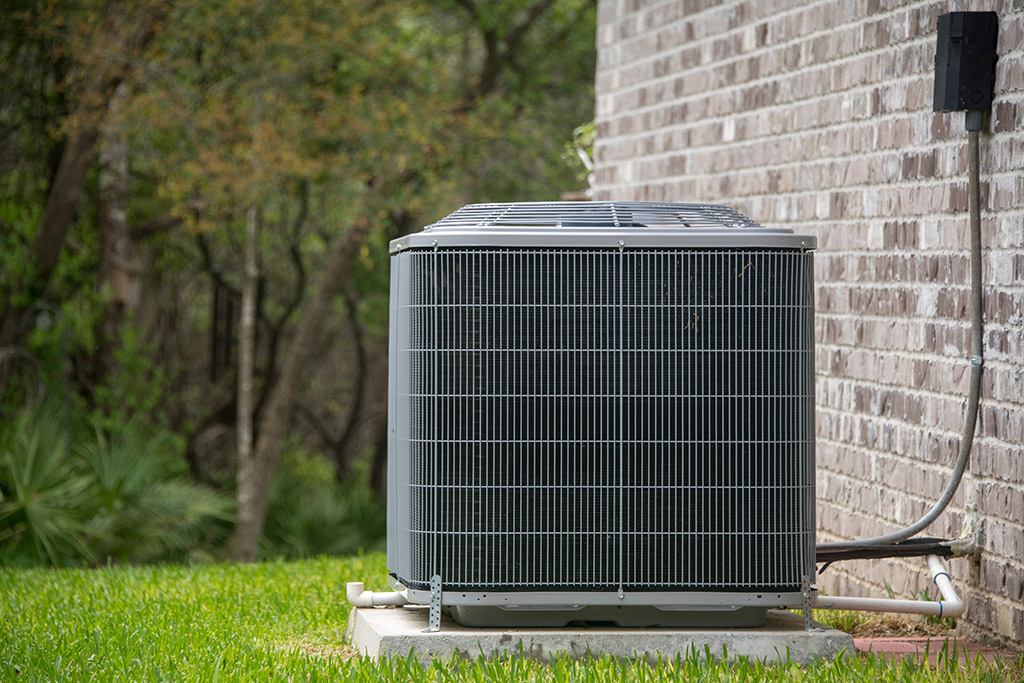If you've ever experienced a situation where the a/c in your high-rise building appeared to be blowing warm air despite the thermostat being readied to cool down, you may be acquainted with one of the typical problems dealt with in such frameworks.
However, this problem is simply the tip of the iceberg when it involves the intricacies of air conditioning fixings in high structures. Comprehending the intricate interplay in between different variables influencing cooling and heating systems in high-rises is vital for effective repairing and maintenance.
Trick Takeaways
- Weak airflow in high-rises suggests ductwork layout issues.
- Thermostat calibration is critical for precise temperature level control.
- Refrigerant leaks influence effectiveness and call for timely sealing.
- Correct upkeep of condensate water drainage avoids blockages in high structures.
Poor Air flow
If you observe weak air flow in your skyscraper, maybe a sign of underlying issues with the air conditioning system. Usual causes of poor air flow usually originate from air movement restrictions within the ductwork design. These limitations can occur as a result of different factors such as clogs, improper sizing of ducts, or even flexes and twists in the ductwork that restrain the smooth circulation of air.
One of the key elements adding to airflow constraints is the design of the ductwork. Inadequately developed air duct systems can bring about uneven distribution of air throughout the structure, resulting in particular areas getting insufficient cooling or heating. Additionally, inadequate insulation or leaking air ducts can even more aggravate air movement issues, creating power waste and discomfort for passengers.
To address air flow problems successfully, it's important to have the ductwork inspected by a specialist cooling and heating specialist. They can identify any constraints, leakages, or style imperfections and suggest proper remedies to enhance airflow and boost the general efficiency of the cooling system in your high-rise building.
Thermostat Malfunctions
When experiencing thermostat breakdowns in high-rise buildings, professional treatment is important to ensure the functionality of the cooling system. Malfunctioning wiring can cause inaccurate temperature level readings, causing inconsistent temperatures throughout the structure. Sensing unit calibration is essential to assure that the thermostat precisely shows the ambient temperature, stopping unneeded air conditioning or home heating. In addition, concerns with sensing unit calibration can result in the system running longer than needed, impacting power efficiency.
To deal with thermostat malfunctions efficiently, think about the following:
- Look for defective electrical wiring that may be causing temperature inconsistencies.
- Routinely calibrate sensing units to keep exact temperature level analyses.
- Optimize thermostat settings for enhanced power effectiveness.
- Guarantee appropriate installation of the thermostat to stop breakdowns.
- Seek advice from a/c specialists to detect and fix intricate thermostat concerns without delay.
Refrigerant Leaks
Addressing cooling agent leaks quickly is important for keeping the effectiveness of your cooling system in skyscrapers. Refrigerant plays an essential duty in the cooling procedure by absorbing and releasing heat, yet leakages can interrupt this cycle. When refrigerant leaks occur, the system's efficiency lowers, bring about greater power intake and decreased cooling capability. Surveillance cooling agent pressure is vital to detecting leaks early. A decrease in pressure can suggest a leak, prompting prompt repairs to stop more damage.
Leak discovery strategies such as making use of digital leakage detectors or ultraviolet color can help pinpoint the source of the leak. As soon as determined, the leakage needs to be secured quickly to avoid refrigerant loss and ensure the most effective system efficiency. Regular upkeep checks can additionally assist avoid leaks by determining possible weak points in the system prior to they end up being major problems. By attending to cooling agent leakages immediately and carrying out correct leak detection steps, you can keep the effectiveness of your a/c system in skyscrapers and avoid expensive repair work down the line.
Unequal Cooling Circulation
Preserving constant airflow is necessary for achieving also cooling distribution in high-rise buildings. When unequal cooling takes place, specific locations may end up being uncomfortably cozy while others remain cold, resulting in lessee dissatisfaction.
To resolve this issue successfully, think about the following:
- Thermostat Positioning: Verify thermostats lie away from warmth resources or cold drafts to precisely assess the temperature and control cooling.
- Balancing Dampers: Regularly check and readjust balancing dampers to regulate the quantity of air movement to every location, promoting well balanced cooling throughout the building.
- Proper Insulation: Check insulation around ductwork to prevent air leakage, preserving the most effective temperature control and reliable air flow.
- Air Filter Maintenance: Clean or replace air filters consistently to prevent obstructions that can prevent air movement and impede even cooling circulation.
- HVAC System Zoning: Utilize zoning systems to split the structure into separate locations with individual temperature level controls, ensuring each area gets the ideal amount of air conditioning.
Condensate Drainage Issues
Frequently check and clear condensate water drainage systems to avoid prospective obstructions and warranty top operating in high-rise buildings. Blocked pipes are a typical concern in air conditioning systems, specifically in skyscrapers where the condensate drain lines can run cross countries. To stay clear of blockages, it's essential to arrange regular upkeep checks.
Begin by visually evaluating the drainage lines for any signs of obstructing or accumulation. In addition, flush the lines with a mix of water and bleach to prevent algae and mold growth, which can cause obstructions.

Upkeep ideas for condensate drain systems consist of installing a drainpipe pan treatment to avoid microbial growth, on a regular basis altering air filters to preserve correct air movement, and seeing to it that the drain lines have ample incline for water to stream freely.
If you observe any signs of an obstructed condensate drain, such as water leaks or minimized cooling effectiveness, attend to the issue without delay to avoid additional damages to the HVAC system. By staying proactive with maintenance, you can prevent expensive repair services and assurance efficient operation of the air conditioning system in skyscrapers.
Often Asked Questions
Can Cooling Repairs in High-Rise Buildings Be More Costly Than in Single-Family Residences or Low-Rise Buildings?
A/c repair work in high-rise buildings can certainly be more expensive contrasted to single-family homes or low-rise buildings. https://eastfinchleyacinstallation.co.uk The intricacy of the systems and the difficulty in accessing devices in tall structures can drive up the repair service expenditures.

To reduce these expenses, consider regular upkeep pointers like changing filters frequently and scheduling professional evaluations. Preventative treatment can assist recognize problems early and avoid costly fixings down the line.
How Can Locals in High-Rise Buildings Make Certain Appropriate Maintenance of Their Air Conditioning Equipments to avoid Typical Problems?
To assure your air conditioning system in a skyscraper runs efficiently, adhere to these upkeep suggestions.
Keep filters clean to enhance power efficiency and air quality. Check for leakages on a regular basis and routine specialist inspections yearly. Use a dehumidifier to manage moisture levels.
Are There Any Particular Challenges or Troubles Connected With Repairing A/c Solutions in High-Rise Buildings Contrasted to Various Other Types of Structures?
When fixing cooling systems in high-rise buildings, there specify difficulties to take into consideration. Safety policies have to be purely followed to guarantee the health of homeowners and workers.

Access difficulties might develop as a result of the height of the structure, making it tougher to reach certain areas for maintenance.
Sound concerns are also common as the audio from the system can travel easily between floors.
Keeping power efficiency is essential in these tall frameworks to maintain expenses down.
What Are Some Prospective Long-Term Outcome of Neglecting A/c Services in a Skyscraper?
If you forget a/c repair work in a high-rise building, potential risks can consist of decreased power efficiency, bring about greater utility costs.
Additionally, inadequate maintenance can affect interior air quality, creating discomfort and wellness issues for owners.
It's essential to address these issues without delay to guarantee the proper performance of the system and preserve a comfortable setting for everybody in the structure.
Exist Any Details Laws or Building Codes That Govern Cooling Services in Skyscraper That Citizens Should Know?
When it concerns cooling repair services in skyscrapers, residents should be aware of specific laws and building regulations. These standards govern the upkeep of a/c systems, assuring security and performance.

Conclusion
Overall, maintaining proper air conditioning in high-rise buildings can be an obstacle because of common troubles like inadequate air flow, thermostat malfunctions, cooling agent leaks, irregular cooling distribution, and condensate drainage issues.
Normal maintenance and prompt fixings are important to assure the comfort and security of passengers. By dealing with these issues in a timely way, structure proprietors can avoid costly repairs and protect a pleasant indoor setting for all citizens.
